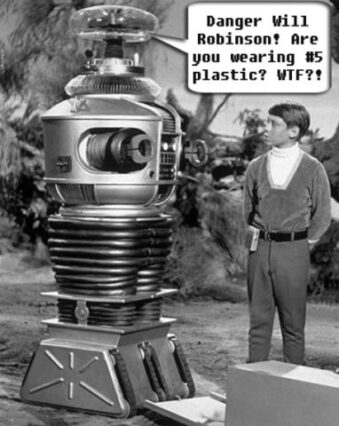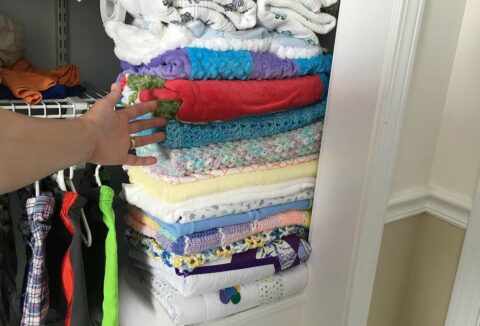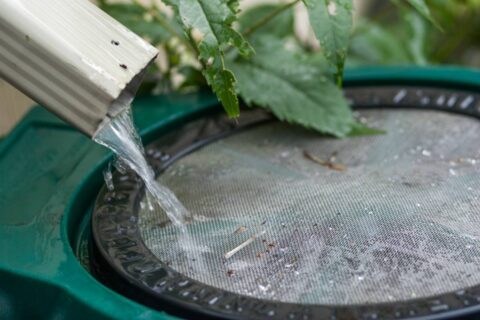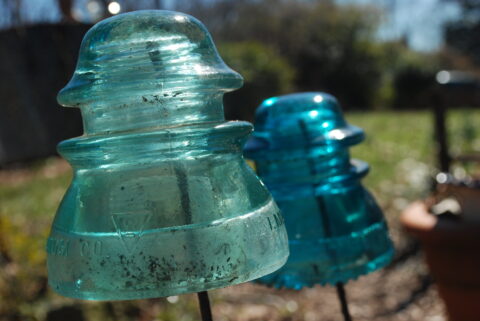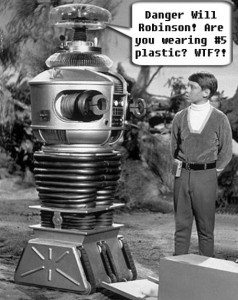 Quick, can you name the plastics that are safe (or at least safer) to use?
Quick, can you name the plastics that are safe (or at least safer) to use?
#2, #4, and #5.
Whoops, may have to scratch out that #5 there.
Everyone knows about the dangers of the evil #7 plastic, but an new discovery was accidentally made that shows #5 plastic as possibly a quite dangerous substance.
No big deal right? It’s only used for storage tubs and ketchup bottles.
Or is it?
[cue scary music of choice]
I learned about this new finding from GreenDaily, one of my favorite green living tips site.
So What Happened?
To make a long story short, some medical researchers at the University of Alberta had an experiment go terribly awry after 2 mystery chemicals contaminated the study.
What were they studying?
A human enzyme that is the target for drugs to treat Parkinson’s disease.
They accidentally found that containers holding fluids used in the experiment leaked 2 chemicals into their contents.
Those 2 chemicals are known as quaternary ammonium biocides and oleamide.
The article states,
“Using sophisticated testing equipment, they found that one of the mystery chemicals was oleamide, a compound used to improve the fluidity of molten plastic. Oleamide also occurs naturally in the human body, and is found in the brain and blood.”
Rebecca Sutton, senior scientist with Environmental Working Group, expressed concern that exposing people to extra oleamide might alter brain function as well as disrupting “other processes”.
What Does This Mean for Me?
It means nothing…officially. Perhaps we’ll see the firestorm of research that resulted from the accidental discovery of bisphenol-A leaking from #7 plastics in the early 1990’s.
In the meantime, be warned:
You wear, sit on, and touch #5 plastic every day.
The wikipedia entry for polypropylene (#5 plastic) reveals some interesting “practical applications”, including:
- Used in manufacturing rugs and mats
- Used for the fabrication of cold-weather base layers, such as long-sleeve shirts or long underwear
- Used in warm-weather gear such as some Under Armour clothing, which can easily transport sweat away from the skin
- Used for the production of stationary folders, packaging and storage boxes
- Used in hernia repair operations to protect the body from new hernias in the same location. A small patch of the material is placed over the spot of the hernia, below the skin
If you’d like to know the even more (and seemingly endless) applications #5 plastic is used for, check out the polypropylene page on TotalPetroChemicals.
Maybe we’ll find out that it’s totally safe…but probably not.
Whatever you do, don’t heat up those leftovers whilst they remain in their plastic storage container!
Will you be checking for the #5 emblem on items at home, work, and school today…and will you think twice about how you interact with them?
I think every little step toward living green is an awesome one… but eco-snobbery sucks! My goal is to help newbies learn the most important steps toward living green — individually and collectively. Personally, I strive to have as little impact as possible on Planet Earth while I'm here.
